China Mars Mission Takes Advantage Of NASA’s Failure
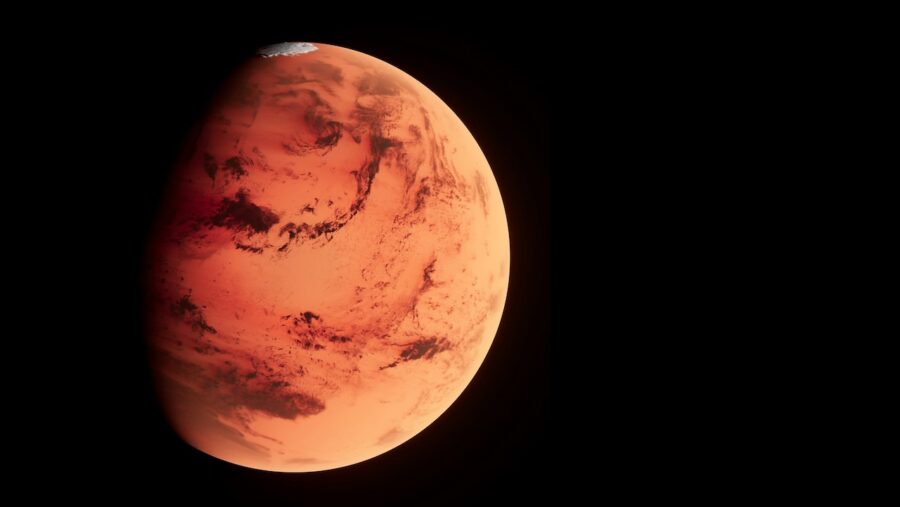
Earlier this month, China states officials announced that they are aiming to bring back samples from Mars as soon as 2028, two years earlier than previously estimated. Many believe that this new shortened timeline is in response to NASA putting its own sample retrieval mission on the back burner due to concerns over budget, risk, and complexity.
Searching For Life On Mars
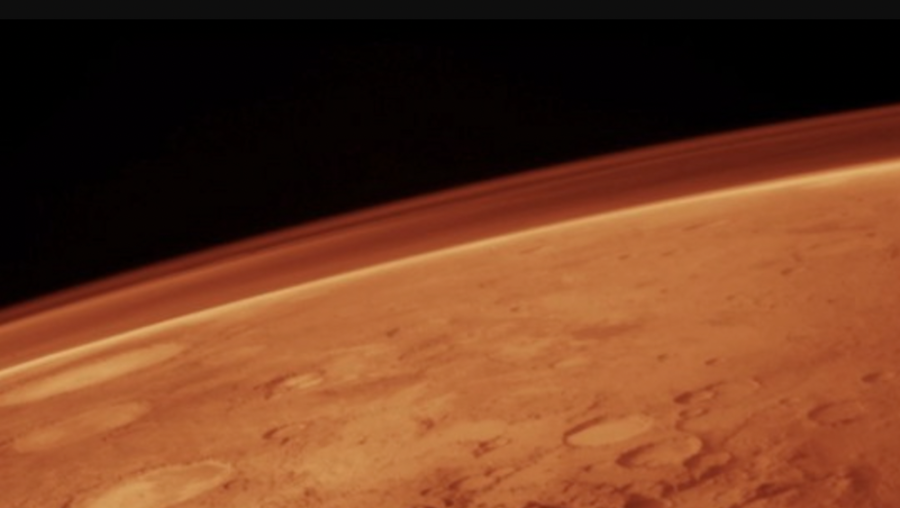
A high priority of China’s new Tianwen-3 mission is to search for signs of life on Mars. The plan is to launch two separate spacecraft that will work together to search for prime samples of rocks and soil on the red planet. The orbiter/Earth-returner vehicle and the lander/ascent-vehicle will then return to Earth once their Martian mission is complete.
China’s Goal Of Becoming A Space Power
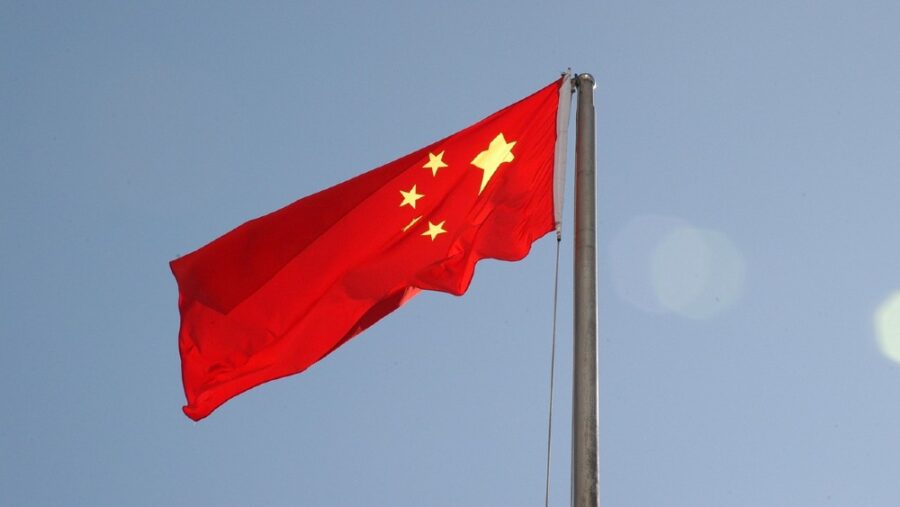
In July, Wu Weiren, the chief designer of China’s lunar exploration, commented on what the success of Tianwen-3 would mean for his country. Telling Chinese state news reporters, “If all the missions go as planned, China is likely to become the first country to return samples from Mars.”
Xi Jinping, the current president of the People’s Republic of China, also spoke to the state-run media and emphasized much of the same. He revealed that it was his eternal dream to make his country a space power. Something that Tianwen-3 could solidify them as.
A New Era For Mars Exploration
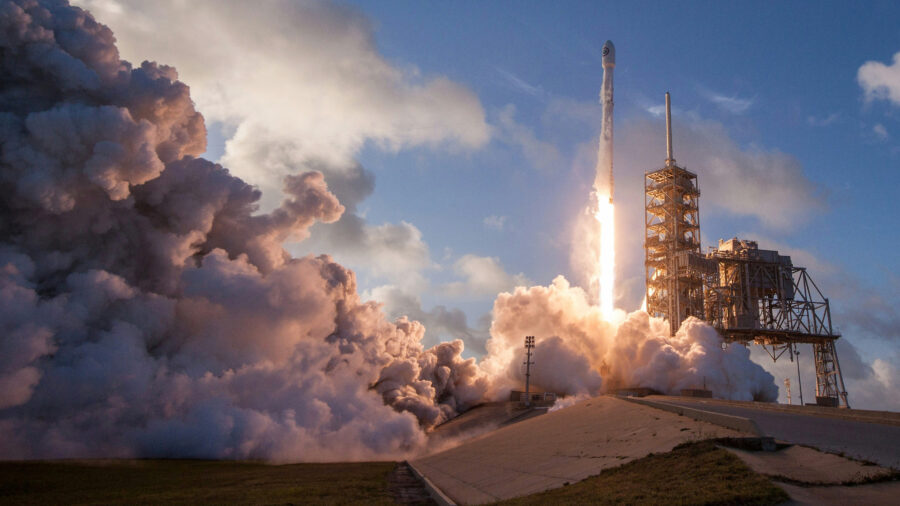
All materials needed for the Tianwen-3 mission will be carried on two Long March 5 rockets. One will launch the two sample retrieval vehicles, and the other will propel the return spacecraft and Earth’s reentry capsule toward Mars’ surface. As of now, these rockets are the most powerful operational launchers in China’s possession, launching a new era for Mars exploration.
The shift in focus on Tianwen-3 comes in response to China’s successful unmanned Chang’e-6 mission. It was the second lunar sample-return mission conducted by the China National Space Administration, but it was also the first time in human history that data was successfully collected from the far side of the moon. Presently, this mission serves as China’s most complex robotic lunar mission to date.
Another Rover Launching Next Year
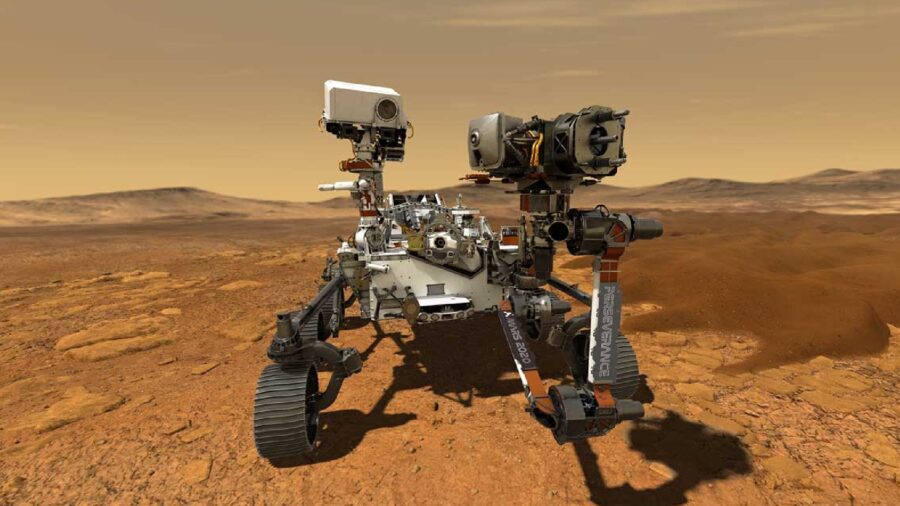
Tianwen-3 will serve as the third stage in their sample-return mission series. In 2021, the Tianwen-1 probe successfully entered Mars’ orbit and deployed a rover onto its surface. Tianwen-2 is scheduled to launch sometime in 2025 and hopes to collect and return samples from asteroids and comets. With their initial success, China’s hopes are high for the remaining stages of the otherwise intimidating Mars mission series.
China Is Open To Collabs
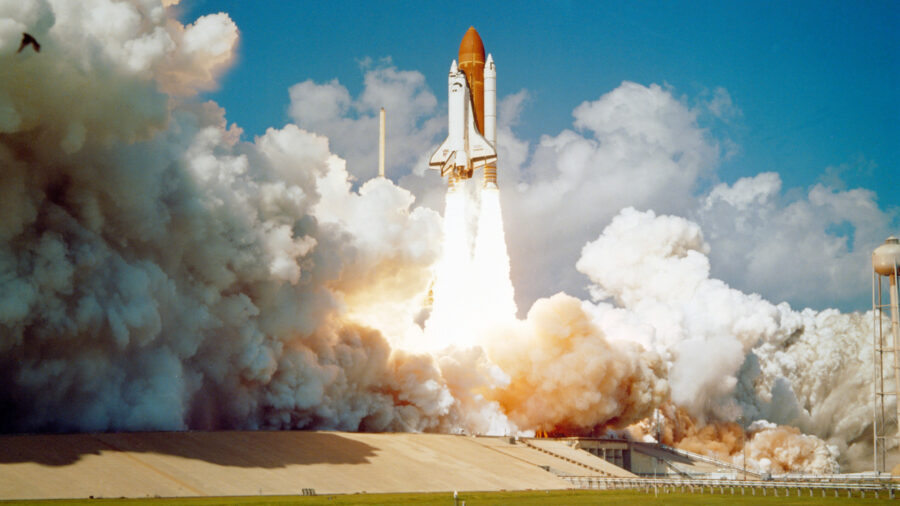
For Tianwen-3, China remains open to international collaboration. Just as they did with France, Italy, Sweden, and Pakistan during Chang’e-6, other countries’ payloads could be carried by spacecraft, as well as the subsequent sharing of samples and data collected by the mission. It is currently unclear which countries are inclined to participate.
China currently has the most active space program in the world and conducts the highest number of orbital launches out of all competing countries. Though many are competing to achieve advancements in lunar and Mars exploration, China looks like the one to beat in this new modern space race.
More information about Tianwen-3’s launch is expected to be revealed as we move closer to the 2028 projection. Until then, China remains steadfast in developing technology to ensure the success of its future space endeavors.












